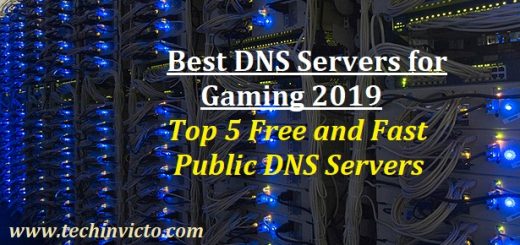Fix Cloud Migrations Errors: 3 biggest mistakes to avoid
Fix Cloud Migrations Errors: 3 biggest mistakes to avoid
Fix Cloud computing errors during Cloud server migration:- I’ve heard many times that if you’re not making mistakes or errors during Cloud server migration, you’re not making progress. If that’s true, we’re seeing a lot of progress made this year in cloud migrations!
Here are the three errors that I see enterprises repeatedly committing.
Mistake 1: Moving the wrong apps for the wrong reasons to the cloud computing: Enterprises continue to pick applications that are wrong for the cloud computing as the ones they move first. These applications are often tightly coupled to the database and have other issues that are not easily fixed.
As a result, after they’re moved, they don’t work as expected and need major surgery to work correctly. That’s a bad way to start your cloud migration.
Mistake 2: Signing SLAs not written for the applications you’re moving to the cloud: When I’m asked what the terms of service-level agreements should be, the answer is always the following: It depends on the applications that are moving to the cloud computing or the net new applications that you’re creating. Easy, right?
However, there are many—I mean many—enterprises today that sign SLAs with terms that have nothing to do with their requirements. Their applications use the cloud services in ways that neither the cloud provider nor the application owner expected. As a result, the cloud server provider does not meet expectations in terms of resources and performance, and the enterprises have no legal recourse.
Mistake 3: Not considering operations: News flash—when you’re done migrating to the cloud, somebody should maintain that application in the cloud.
Fix Cloud Computing Errors:
This fact comes as a surprise to many; in fact, I get a call a week about applications that are suffering in the cloud. Those callers’ organizations assumed that somehow, someway the cloud would magically maintain the application. Of course, it won’t.
“The biggest mistake when migrating to the cloud is probably to try and declare IT bankruptcy and make the move in one large, coordinated ‘swoop,’” warned Orlando Scott-Cowley (@orlando_sc), the cybersecurity specialist, Mimecast. “Ideally you should think about ‘on-ramping’ to the cloud.”
“Existing infrastructure and databases don’t necessarily need a forklift upgrade,” agreed Michael Krieger, (@M_Krieger), principal, MRK Technology Marketing Services. “Many companies are successful starting with an aPaaS or iPaaS [application or infrastructure platform as a service] strategy to ease a particular development or integration problem.”
“In the context of internal clouds, there seems to be a false belief that if you build it, they will come,” noted Andrew Hillier (@cirba), co-founder and CTO, Cirba.
“Most cloud-based solutions are built around a desire to create a digital workplace that facilitates a more open and collaborative organization. That means it’s about more than just the technology; it’s also about the users,” explained Alastair Mitchell (@alimitchell), president and co-founder, Huddle.
IMPORTANT:- Private Cloud computing (internal cloud or corporate cloud)- Meaning, Advantages & Differences
“Businesses need to choose the cloud service that employees want to use. Otherwise, employees will end up continuing to use their favorite cloud services and will not use the company-mandated solution,” said Asaf Cidon (@asafcidon), CEO and co-founder, Sookasa.
If you choose a solution without consulting users, “they will see it not as a tool to help with their work, but more as a hindrance, getting in the way of what they see as a perfectly acceptable current solution,” added Simon Bain (@sibain), CEO, SearchYourCloud.
Remember that you have ops with on-premises systems, and you should have ops with cloud-based systems. The good news: The tasks are pretty much the same.
I hope you won’t make any of these mistakes, but chances are good that you will. If you must make them, I hope you’ll recognize them more quickly thanks to this list and recover sooner.



